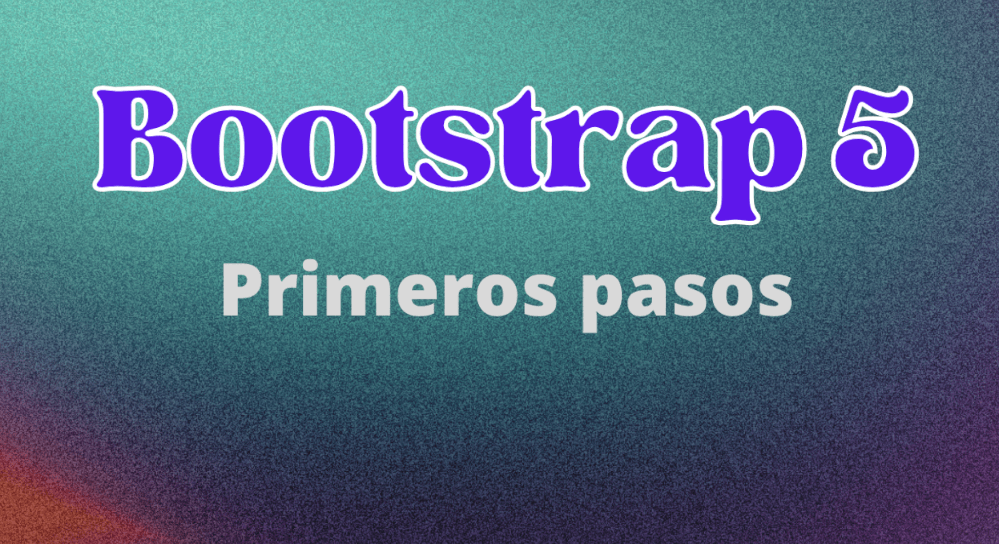
Many of the examples were taken from official documentation and are used as references to present the main characteristics of the components, their structures and relationships between them; remember that the main purpose of the book is to offer you a possible route to get started with Bootstrap in the development of web applications by presenting its structure, which is based on components and helper classes known as utility classes.
Foreword
Bootstrap is a component-based web framework, you can see the components as if they were Lego pieces, in which we use them to build a complete website or other more complete components; we have general purpose components such as buttons, lists, headers, galleries and much more; we also have specific classes to align components and vary the style. In this book we will learn how to basically use the main components of Bootstrap, its utility classes and we will create some real projects in the process.
Who is this book for
This book is aimed at those who want to improve their CSS skills; knowing one of the most famous web frameworks on the market; who want to know what their main features and components are and how to use them.
For those people who want to learn something new.
For people who want to improve a skill in web development and who want to grow as a developer and who want to continue learning in web development; remember that you need to have basic notions in JavaScript, HTML and CSS such as the use of flexs.
Topics of the book
This book has a total of 8 chapters, it is recommended that you read in the order in which they are arranged and as we explain the experiments carried out, go directly to practice, replicate, test and modify the codes that we show in this book.
- Chapter 1: In this chapter we will give some key concepts about the frameworks, advantages of using Bootstrap and what changes it brings with its predecessor, in addition, we will prepare the development environment.
- Chapter 2: In this chapter we present an introduction to containers in Bootstrap as a fundamental structure to organize our content correctly on a website and have it displayed correctly; additionally, we introduce other common features such as Bootstrap breakpoints present in other components.
- Chapter 3: In this chapter we will learn how to use Bootstrap's grid and column system.
- Chapter 4: In this chapter we will learn how to work with the main components in Bootstrap, which are the fundamental elements in this technology.
- Chapter 5: In this chapter we will learn how to use the help classes in Bootstrap, also known as utility classes with which we can establish colors, margins, among other formats, to the HTML content.
- Chapter 6: In this chapter we will learn how to generate our custom Bootstrap bundle using Sass.
- Chapter 7: In this chapter we will create some composite or custom components using Bootstrap components and its utility classes as a base.
- Chapter 8: In this chapter we will build a real website that is a kind of product sales website or online store with a very limited scope. We will also create a website in which we will make fetch queries to an API.
This book does not have a logical organization, presenting each of the components of Bootstrap, but rather a practical organization in which we see the main elements of Bootstrap as it becomes appropriate to present them.
It is a quick guide in which it offers, based on small tips or notes, the operation of the main components of Bootstrap and the reader can have an entry point to learn more easily about this technology.
To follow this book you need to have a computer with Windows, Linux or MacOS, have knowledge of how to develop style sheets in CSS, JavaScript and basic Node.
The book is currently in development...
I agree to receive announcements of interest about this Blog.
Book to take the first steps with Bootstrap, learn about its components, use of JavaScript, create real developments, among others.
Algunas recomendaciones:
Benjamin Huizar Barajas
Laravel Legacy - Ya había tomado este curso pero era cuando estaba la versión 7 u 8. Ahora con la ac...
Andrés Rolán Torres
Laravel Legacy - Cumple de sobras con su propósito. Se nota el grandísimo esfuerzo puesto en este cu...
Cristian Semeria Cortes
Laravel Legacy - El curso la verdad esta muy bueno, por error compre este cuando ya estaba la versi...
Bryan Montes
Laravel Legacy - Hasta el momento el profesor es muy claro en cuanto al proceso de enseñanza y se pu...
José Nephtali Frías Cortés
Fllask 3 - Hasta el momento, están muy claras las expectativas del curso
